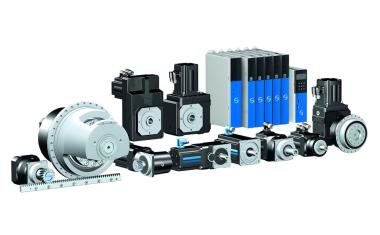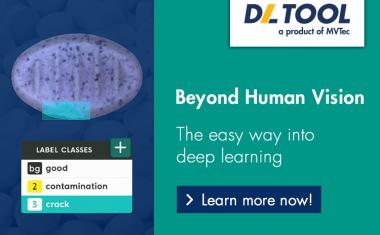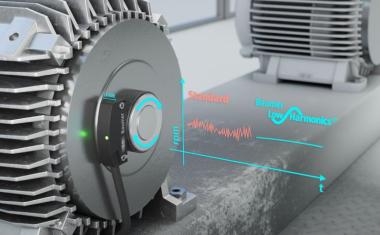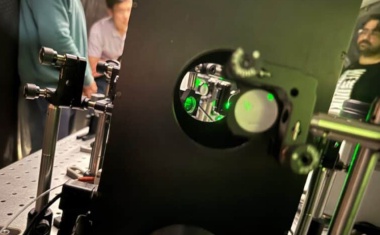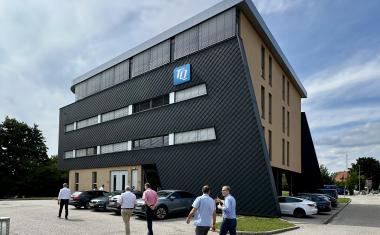Lidar improves safety features in vehicles
Differentiating between stagnant and moving objects and seeing in the dark in real time.
As of 2022, seventeen car manufacturers have announced plans to use or are currently using lidar sensors across twenty-one different models. However, there are a few things that need to be solved before this technology can be used widespread. Lidar can differentiate between stagnant and moving objects and see in the dark, all in real-time. That means that a vehicle using lidar technology can see and keep drivers, occupants and other road users safe.
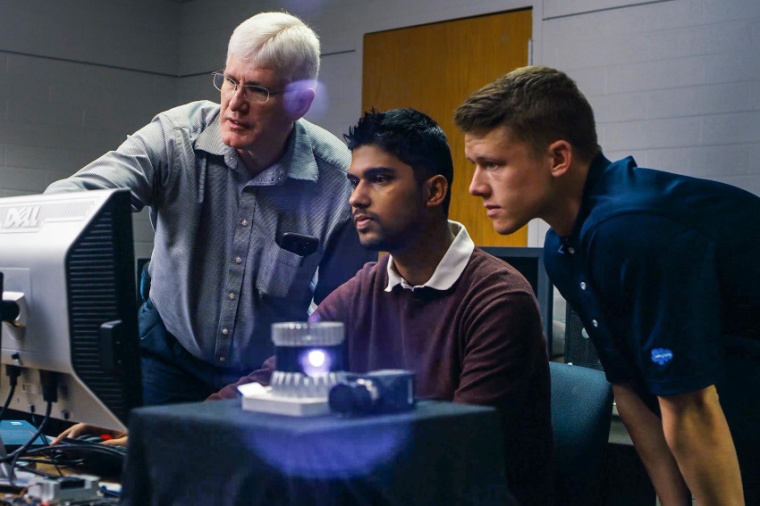
Scott Budge and his student Chaz Cornwall say, that lidar improves the response time of commercial vehicles. Cars must be able to stop quickly and adapt to dynamic environments, which is difficult with current technology. However, Budge and Cornwall point out three issues with lidar that must first be addressed: a lack of object movement distinction, such as that between a small child and a paper bag blowing in the wind, high levels of noise, which often makes an image produced unviewable and trouble viewing non-moving objects that are in the path of a collision.
To look at ways to correct these shortcomings, Budge and Cornwall compared two lidar maps developed by biology-inspired processes: one with the original technology and the other adjusted to correct these issues. Their improved lidar map was successfully able to recognize and distinguish between obstacles and detect movement without flaws.
“A possibility to remove false positives is to concentrate on alerting a possible collision based on movement,” Budge said. “Another solution is to exploit the obstacle distance so that a photon is associated with a specific pixel location to estimate a collision.” This essentially means that adjusting the where, what, and when of a light photon, in which lidar uses billions at once, can fix the aforementioned flaws. Although this research used real data, Budge and Cornwall both agree that testing in real-time will provide better insights. (Source: USU)
Link: Center for Advanced Imaging LiDAR, Utah State University, Logan, USA




